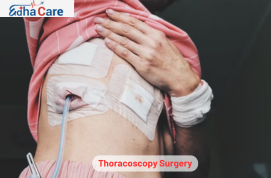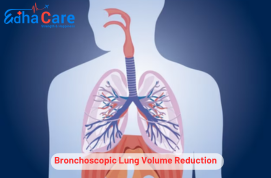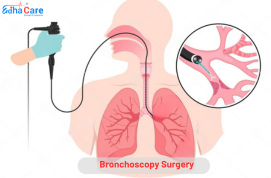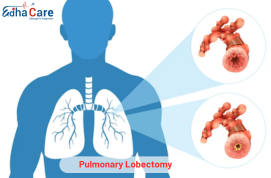Thoracoscopy Surgery

Thoracoscopy is a type of minimally invasive procedure used to inspect and treat diseases within the pulmonary cavity, including the pleura (membrane surrounding the lungs). It is often referred to as pleuroscopy or thoracoscopic surgery. It involves making small cuts in the chest wall to insert a thoracoscope, a thin, flexible tube. A camera and instruments for surgery are included in the thoracoscope, which enables the surgeon to see and conduct a variety of procedures, including lung and pleural biopsy specimens, thoracentesis (the draining of fluid collections), and the medical management of ailments like pneumothorax and pleural effusion. Comparing thoracoscopy to open surgery, there are benefits including less discomfort, faster recovery, and a lower risk.
Book an AppointmentAbout Thoracoscopy Surgery
Causes: A thoracoscopy is used to detect and treat a number of illnesses that affect the chest cavity, especially the area known as the pleura. Thoracoscopy is frequently used to investigate unexplained pain in the chest, evaluate anomalies of the lung or pleura found on radiology examinations, or carry out procedures such pulmonary biopsy, pleural biopsy, or fluid collection drainage.
Symptoms: After a thoracoscopy, patients might experience small pain or discomfort at the incision sites. In rare cases, symptoms like elevated discomfort, a high temperature, or difficulty breathing may be brought on by complications including infection, bleeding, or damage to structures nearby.
Remedies: painkillers available over-the-counter are frequently effective in treating postoperative pain. Medical intervention, such as observation, medication, or extra procedures to treat specific difficulties like bleeding or infection, may be required in cases of complications. For effective management, it is imperative that any odd signs are reported to healthcare professionals as soon as possible.
Procedure of Thoracoscopy Surgery
Preparation: To ascertain the patient's fitness for the surgery, a preoperative evaluation is conducted, which includes a review of the patient's medical history and imaging investigations. It can be necessary to fast before surgery.
Anesthesia: To assure the patient's comfort during the procedure and to induce unconsciousness, general anesthesia is administered.
Positioning: Depending on the intended approach and the area of the chest that needs to be reached, the patient is either positioned on their side or back.
Incision: To introduce the thoracoscope and surgical equipment, small incisions in the chest wall are usually created, measuring 1-2 millimeters.
Insertion of the Thoracoscope: To view the chest cavity, a thin, flexible tube equipped with a camera and light source is placed into one of the incisions.
Procedure: The surgeon performs the appropriate diagnostic or therapeutic treatments, such as lung biopsy, pleural biopsy, or drainage of fluid collections, guided by the pictures obtained from the thoracoscope.
Closure: Following the surgery, adhesive strips or sutures are used to close the surgical incisions, and bandages may be used. After that, the patient is sent to the recovery area under observation.
Require Assistance?
Get A Quick Callback From Our Healthcare Experts
Other Specilities We Cover

Bronchoscopic Lung Volume Reduction

Bronchoscopy Surgery




